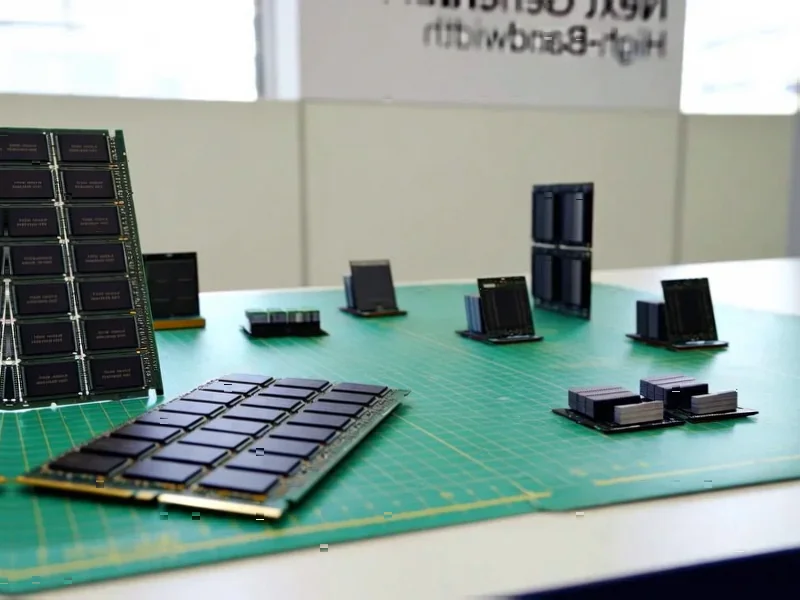According to SciTechDaily, researchers at BESSY II have successfully demonstrated for the first time that a material can exhibit truly one-dimensional electronic properties. The team studied tiny chains of phosphorus atoms that naturally arrange themselves at 120-degree angles on a silver surface using advanced analytical methods. Dr. Andrei Varykhalov’s team first produced these chains using cryogenic scanning tunneling microscopy, then used angle-resolved photoelectron spectroscopy at BESSY II to analyze their electronic structure. Dr. Maxim Krivenkov and Dr. Maryam Sajedi pioneered the data analysis that separated signals from three differently oriented phosphorus chain domains. Theoretical calculations predict these chains could undergo a phase transition from semiconductor to metal behavior as their density increases. The research published on October 17, 2025 in Small Structures marks a breakthrough in understanding one-dimensional materials.
What Makes This Different From Other 1D Claims
Here’s the thing about one-dimensional materials – scientists have been talking about them for years, but actually proving they exist has been incredibly tricky. Previous attempts often failed because even if atoms arranged themselves in chains, their electrons would still interact with neighboring chains. Basically, the electronic behavior would still be two-dimensional even if the atoms looked one-dimensional.
What’s special about this phosphorus chain setup is how the researchers managed to isolate and measure each chain direction separately. The chains form at 120-degree angles to each other, and the team developed analytical methods to “disentangle” the ARPES signals from these different domains. They even observed standing waves of electrons forming between chains – that’s some pretty convincing evidence of true 1D behavior.
The Phase Transition Magic
Now this is where it gets really interesting. The theoretical calculations suggest that as you pack these phosphorus chains closer together, their behavior completely flips. Widely spaced chains act as semiconductors, but densely packed ones become metallic. That’s not just a minor change – that’s a fundamental phase transition driven entirely by chain density.
Think about the implications here. You could potentially design materials that switch between semiconductor and metal behavior just by controlling how close the chains are to each other. That opens up possibilities for tunable electronic devices that we can’t even fully imagine yet. The researchers themselves call this “uncharted territory” – and they’re not wrong.
Why This Actually Matters
Look, we’ve all heard about graphene and other 2D materials revolutionizing electronics. But one-dimensional materials could take things even further. The electronic and optical properties in truly 1D systems are predicted to be extraordinary – we’re talking about quantum effects that could enable entirely new types of computing and sensing technologies.
The challenge has always been proving these systems actually exist outside of theoretical models. This research provides that experimental confirmation. It’s one thing to predict something on paper – it’s another entirely to measure it in a lab and show it’s real. This validation opens the door to exploring what other materials might exhibit similar behavior and how we could harness these properties practically.
So what’s next? Probably more materials testing, optimization of chain production methods, and exploring those predicted phase transitions experimentally. The researchers have basically given us a roadmap into a whole new class of materials. And given how quickly 2D materials advanced once we figured them out, I’d bet we’ll see some pretty exciting developments in this 1D space sooner than we think.




